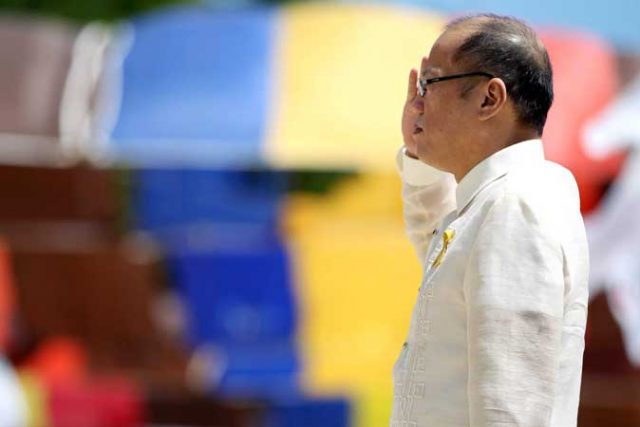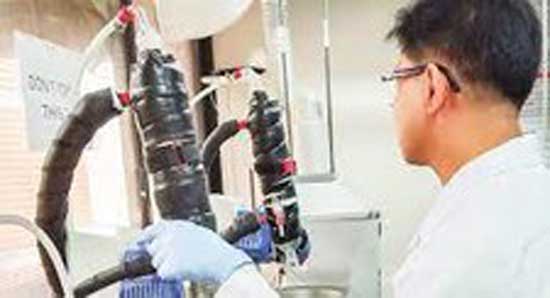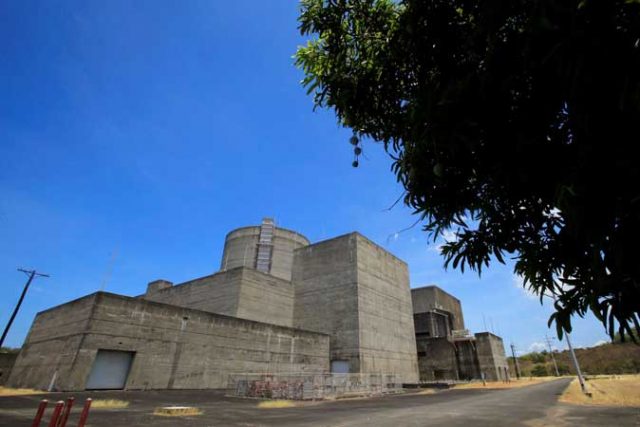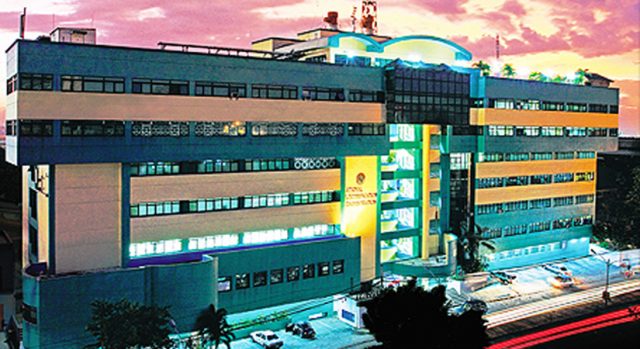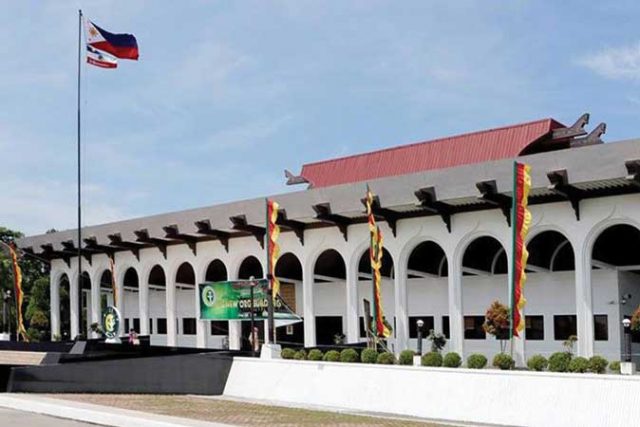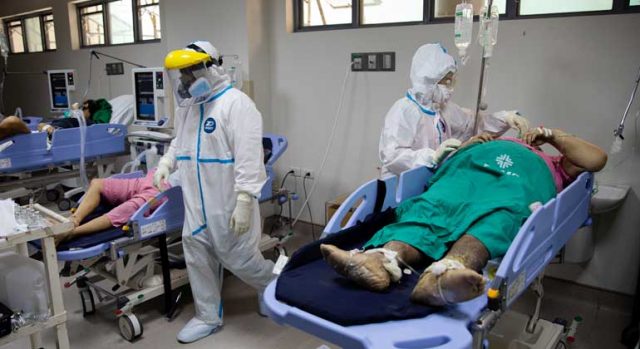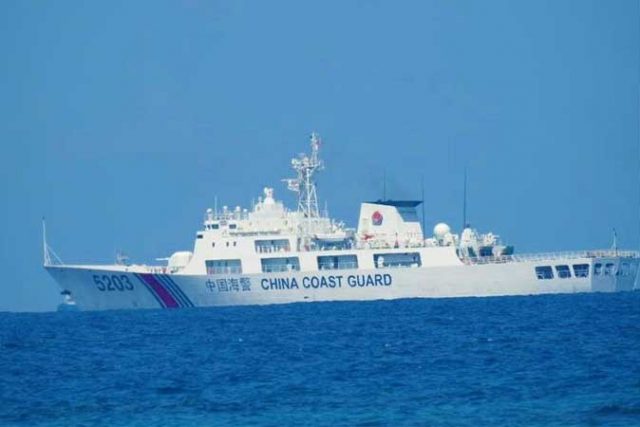A look back at the PNoy administration
By Patricia B. Mirasol
The six-year term of former President Benigno S.C. Aquino III, who served from 2010 to 2016, was marked by economic growth and accusations of elitism.
“When you look at the strength of PNoy’s administration, you have to give him credit for putting good governance [at the forefront]. That was their campaign mantra,” said Victor Andres C. Manhit, founder and managing director of the Stratbase Group and president of its policy think-tank, the Albert del Rosario Institute for Strategic and International Studies. “Good governance is good economics, and that translated to a better environment for investments.”
Editing by Brontë H. Lacsamana
Where the PNoy administration had missteps was in the nagging feeling of elitism that alienated the general public. “This lack of inclusiveness became an opening for critics,” said Mr. Manhit. “There were also failures in the provision of public services like infrastructure, and this lessened his legacy.”
Among the accomplishments of the Aquino administration were the passage of the Reproductive Health bill, the implementation of the K-12 education system, and the favorable ruling of the Permanent Court of Arbitration over China’s territorial claims in the South China Sea.
“What critics focused on was how he lost Scarborough shoal. What people forgot was that we actually won it in a case. The case itself is generational. It’s legally mandated and will define maritime rights,” said Mr. Manhit in a phone call with BusinessWorld.
Prior to taking his oath of office as president of the Philippines on June 30, 2016, Mr. Aquino served as a senator of the 14th Congress from 2007 to 2010 and Tarlac Representative from 1998 to 2007.
Here is a look back at the events that shaped Mr. Aquino’s presidency:
POLITICAL
- Pork barrel scam
A high-profile corruption scandal rocked the Aquino administration in 2013. Whistleblower Benhur Luy revealed that his cousin Janet Lim-Napoles partnered with several government officials in illegal deals that used public funds meant for development projects. Ms. Lim-Napoles, suspected mastermind of the multibillion-peso pork barrel scam, was detained on plunder charges, together with Senators Juan Ponce Enrile, Jose “Jinggoy” P. Estrada, and Ramon Revilla, Jr., The first two senators are now out on bail, while Revilla has been cleared.
Mr. Aquino, in August 2013, suspended the release of pork barrel funds pending the results of the investigation surrounding its alleged misuse. Despite this announcement, thousands of protesters marched through Manila and called for the scrapping of the Priority Development Assistance Fund (PDAF).
- SAF 44
Forty-four Special Action Forces (SAF) commandos died in an encounter with Muslim rebels and private armed groups in Mamasapano, Maguindanao, after neutralizing Malaysian terrorist Zulkifli bin Hir, alias Marwan, on Jan. 25, 2015.
In 2019, Mr. Aquino was cleared over the “botched” Mamasapano operation, as the Ombudsman described the incident. The Volunteers Against Crime and Corruption (VACC), claimed reckless imprudence and negligence on Mr. Aquino’s part in at least three instances: approving Oplan Exodus which was later found to have serious flaws; allowing a suspended officer to oversee the operation; and failing to send reinforcement and aid to the SAF 44 as they were besieged by anti-government forces.
- Super typhoon Yolanda
In November 2013, the Philippines was hit by super typhoon Yolanda (international name: Haiyan), where around 6,300 people were killed and total damages were reported to be more than P95 billion. The PNoy administration was slammed for its lack of action and slow response to the plight of four million families and the 44 out of 81 provinces that were affected by the super typhoon.
During a March 2014 open forum at the Hope Christian High School in Manila, Mr. Aquino apologized to those affected because the government was not able to come to their aid sooner.
- Marcos compensation bill
Mr. Aquino signed the Human Rights Victims Reparation and Recognition Act on Feb. 25, 2013, the 27th anniversary of the People Power Revolution that toppled the Marcos dictatorship in 1986. Under the legislation, P10 billion in funds from the alleged ill-gotten wealth of the Marcoses will be used to pay the victims.
The former President’s father, Senator Benigno Aquino, Jr., was himself incarcerated during Martial Law.
LEGAL
- Corona impeachment
Then Chief Justice Renato C. Corona faced a 44-day impeachment trial between January to May 2012 for allegedly betraying public trust and committing culpable violation of the Constitution for failing to fully disclose his assets as required by Law. The Senate voted to remove Chief Justice Corona from office, a historic decision seen as a huge success for then Mr. Aquino’s anti-corruption campaign. Some citizens, though, remained skeptical of the motivations behind the former chief justice’s impeachment.
- Laguna Lake Rehabilitation Project
A last-minute award by the Arroyo administration for the Laguna Lake Rehabilitation Project (LLRP) to a Belgian company was scrapped by Mr. Aquino, as he said it was “ill-advised.” The company, Baggerwerken Decloedt En Zoon (BDC), took the case to arbitration and won. In Jan. 23, 2017, the International Center for the Settlement of Investment Disputes ordered the Philippine government to pay P800 million to BDC for the scrapping of the aforementioned P18.7-billion LLRP project.
- South China Sea arbitration
Mr. Aquino brought China before The United Nations’ Permanent Court of Arbitration in The Hague, Netherlands, in January 2013, to challenge Beijing’s push for control of the South China Sea, portions of which the Philippines claims. A standoff between vessels from the two countries in the disputed Scarborough Shoal in April 2012 initiated this challenge. After Mr. Aquino III left office, the Permanent Court of Arbitration in 2016 ruled in favor of the Philippines, saying China’s expansive territorial claims in the South China Sea breached international law. Beijing has since rejected the permanent court’s decision.
FISCAL
- Debt reduction
“A key pillar of President Aquino’s enduring legacy is fiscal sustainability, having reduced debt as a percentage of gross domestic product (GDP) to historic lows of 44.8% by 2015 and having weaned the country off foreign debt, with external financing also at their lowest share in the portfolio at 34.8%,” said Cesar V. Purisima, former finance secretary, in a statement expressing his condolences on the passing of the former president.
The Philippines’ historic first ever investment grade in 2013 was also the direct result of Mr. Aquino’s leadership, added Mr. Purisima. The international community granted the country 24 positive credit ratings actions — the most in history — which made the Philippines the world’s most upgraded sovereign in that year.
The Sin Tax Reform Law of 2012 and the GOCC (Government-owned or -controlled corporations) Governance Act of 2011 also further expanded the country’s fiscal space, according to the former finance secretary, which has afforded the country the ability to keep investing while remaining in good fiscal standing.
EDUCATION
- K-12 education system
Republic Act No. 10533, otherwise known as the Enhanced Basic Education Act of 2013, was signed into law by Mr. Aquino on May 15, 2013. The law’s passage formalized the K to 12 basic education program from the previous 10-year basic education curriculum. The K to 12 program mandates one year of kindergarten and 12 years of basic education, comprising of six years of primary education, four years of junior high, and two years of senior high school. According to the Department of Education, the rationale for RA 10533 is to address the poor quality of basic education provided by the current curriculum, as reflected in the low achievement scores of Filipino students and the Philippine unemployment rate.
HEALTH
- Reproductive Health Bill
The Reproductive Health Bill, also known as Republic Act 10354, was signed into law by Mr. Aquino on Dec. 21, 2012. RA 10354 provides its beneficiaries with “universal access to medically safe, non-abortifacient, effective, legal, affordable and quality reproductive health care services, methods, devices, supplies which do not prevent the implantation of a fertilized ovum.”
- Dengvaxia controversy
The Dengvaxia controversy, which stemmed from a 2016 vaccine campaign to inoculate nearly 1 million schoolchildren with the said anti-dengue fever vaccine, has since accelerated public distrust even to vaccines long proven to be effective on diseases like polio and measles, which have since resurfaced. Health data show that from as high as 85.6% of the child population in 2010, full immunization rates dropped to 66.2% in 2018.
TRANSPORTATION
- MRT derailments
In early 2011, the Department of Transportation and Communications crafted a plan to integrate the operations of MRT-3 and LRT-1 in preparation for the eventual expansion of LRT-1 to Cavite. When the bidding for the plan’s contract was cancelled in July that year, however, it left both MRT-3 and LRT-1 without a maintenance plan, and MRT-3 without a maintenance contractor. This led to the eventual deterioration of the stocks, rails, and signaling systems, and to the derailments of trains and uncoupling of cars in 2015.
- Traffic woes
Public disenchantment over transportation problems spilled over into the capital’s constant traffic gridlocks during Mr. Aquino’s term, notwithstanding his efforts. The National Economic and Development Authority Board, for instance, approved in June 19, 2014 the Road map for Transport Infrastructure Development for Metro Manila and its Surrounding Areas. The study, prepared by the Japan International Cooperation Agency, showed possible ideas, technologies, and strategies that could help the Philippines address traffic congestion and air pollution in Metro Manila.
Traffic, however, remained a fixture in the lives of the capital’s residents despite the existence of the so-called Metro Manila Dream Plan. Car volume was been blamed as part of the cause: according to the Land Transportation Office, the number of cars on Manila’s roads increased from 1.7 million in 2008 to 2.1 million in 2015, indicating an increase of 26% in seven years. Manila’s traffic gridlocks compound its poverty conundrum, said the Navarra Center for International Development in March 11, 2016, as it pointed out that the country loses P3 billion a day to traffic.
INFRASTRUCTURE
- PPP
Public-Private Partnership (PPP) projects were at the heart of the Aquino administration’s infrastructure development plans. Among the projects in the pipeline were the LRT Line 1 south extension and operation and maintenance, the operation and maintenance of Laguindingan Airport, and the Automatic Fare Collection System.
(The government’s Official Gazette lists 45 Aquino administration projects that are being completed under the Duterte administration.)
Based on the UN Economic and Social Commission for Asia and the Pacific’s Asia-Pacific Countries with Special Needs Development Report 2017, the Philippines scored 0.336 in the Access for Physical Infrastructure Index (APII) for 2015. The ranking placed the country 24th out of the 41 Asia and the Pacific countries, putting it in between Pakistan’s 0.311 and Samoa’s 0.350.
Within the 10-member Association of Southeast Asian Nations (ASEAN), the Philippines fared no better. Although the country’s APII score was above Indonesia’s 0.278, Lao People’s Democratic Republic’s 0.225, Myanmar’s 0.198, and Cambodia’s 0.186, it fell below Thailand (0.418), Vietnam (0.419), Malaysia (0.502), and Singapore (0.708). Brunei was not included in the ranking.

